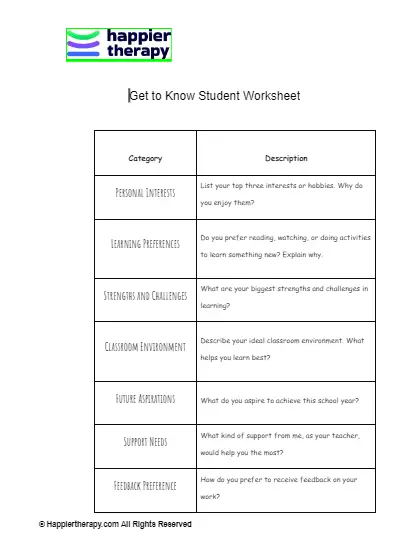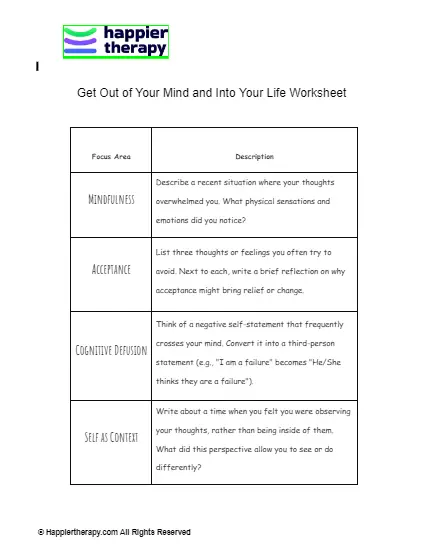OCD theory A and B worksheet
Download Worksheet
What is the theory behind this OCD theory A and B worksheet?
People with OCD strongly believe that their compulsive actions are preventing them from real harm. This is Theory A. The alternative, Theory B, is that there is in fact no real danger hence nothing to worry about. CBT can help them realize their worries are baseless by gathering evidence to disprove Theory A and eventually accept Theory B.
How will the worksheet help?
The purpose of this worksheet is to gather information about the clients threatening beliefs and the proceeding behaviors. It also prompts them to think of another way to look at their belief. This information can be used as discussion points in the next session to prepare the client to test both theories as the next step.
How to use the worksheet?
During therapy, reframe the client’s belief as a ‘theory’ that needs supportive evidence to be true. Use the worksheet as a homework assignment after initial discussion to begin the process of challenging their long-held beliefs.
Was this helpful?
References
1.-
Enright, S. (2008). Managing Obsessive-Compulsive Disorder. Wokingham Digital Solutions. https://cypf.berkshirehealthcare.nhs.uk/media/168487/managing-ocd.pdf

 By
By


